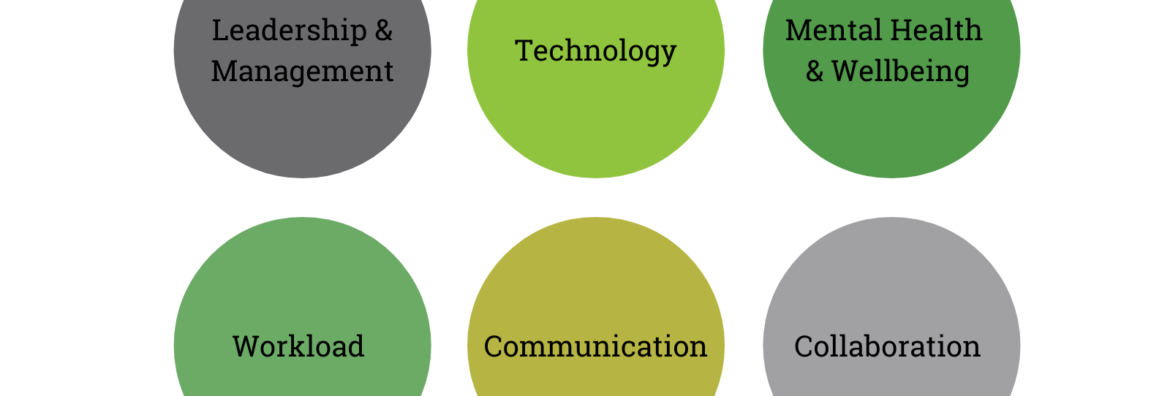Over the last year, business leaders and organizational development experts have been emphasizing the strategic priority of figuring out what the ‘return to work’, or more accurately, ‘return to office’ is going to look like. We heard about ‘hybrid models’, ‘permanently remote models’, and ‘rotating shifts models’. While all of these ideas might be great in theory, the specifics still seem fuzzy to most. With restrictions being eased and more and more people getting vaccinated, the pressure to have ready-to-launch plans that answer all of the diverse workforce needs is on more than ever.
I recently attended an interactive seminar on change leadership with a group of 30 or so organizational development experts and HR leaders to explore how real-life organizations will need to address the challenges of returning to the office (or not). We huddled up and discussed actionable change management plans we would implement to make the transition successful. My colleagues in the virtual room had brilliant ideas to share, and it was evident that while there was agreement around some aspects of the change management plans, people had very different ideas of what needed to be done. And they all seemed like really good ideas. Read More…

